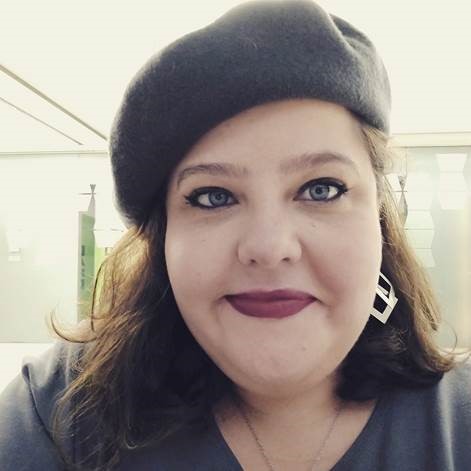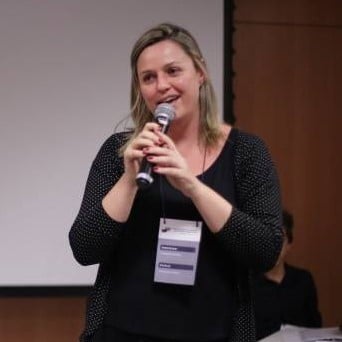Jazzing it up: Lessons from Miles Davis for our professional development
As you will probably agree, inspiration comes from the most unusual places. Just now, I felt so moved by a Netflix documentary about the jazz genius Miles Davis that I had to come here and write about the lessons I believe his career may bring to our professional development as teachers.
- “The Musings of Miles”: Don’t “blow” theory.
Miles started his career as a trumpeter in his teens and went to Juilliard, one of the world’s most prestigious performance art schools. Despite criticizing it for being “too white” and eventually dropping out, he also said the school improved his trumpet technique, increased his repertoire and gave him the foundation of music theory: “A lot of the old guys thought that (…), if you learned something from theory, you would lose the feeling in your playing. I would go to the library and borrow scores by all those great composers. I wanted to see what was going on in all of music.”
If you’ll pardon the pun, that quote quite resonated with me. In his juxtaposition of theory and feeling, I saw the age-old debate of theory vs. practice in language teaching. To me, that was never really a dilemma: to stand out (in quality, not only in commercial success), a musician needs music theory, technique, and feeling, of course. We teachers are no different: practice needs to emerge wet from theory and vice-versa, as Paulo Freire would remind us. For some time now, I’ve been trying to point out the paradox of teachers who can be incredibly dismissive of our own studies as professionals. We can’t be “too sexy” for learning. If we live off other people’s learning, it only makes sense that we study, too.
- “Miles Ahead”: staying current and innovating
“I’m paying you to rehearse on stage,” Miles is reported to have said to a young musician in his band who expressed misgivings about improvising in public. Instead of falling back on what they had practiced and were more comfortable with, Miles expected the band, himself included, to go for what they didn’t know yet. In Vygotskyan terms, he wanted them to work on their ZPD (Zone of Proximal Development) and experiment live with an audience – collaboratively, together, with Davis as their more competent peer.
To be honest, I can relate to the fear of the inexperienced musician. In our practice as teachers, it’s much easier to stick to the tried and tested techniques and approaches instead of trying out new things with our classes. But as the documentary lays out clear as day, Davis only pushed the boundaries of music, time and again, because he was bravely willing to do what nobody had ever done.
I suppose that’s a lesson 2020 made painfully clear to us all anyway: sometimes innovation is more than an option; it’s a necessity.
- “So what?”: embracing our mistakes and feelings
According to the experts, Miles Davis’s music conveyed a vulnerability, which helped the fans to relate to his work. In addition, he was not afraid of making mistakes. You get a note wrong, but the following one corrects it, he affirmed. Interestingly, later in life he turned to drawing and painting, and the same maxim held true for the pencil or brush strokes. You can hear it and you can see it: feelings and mistakes are part of a true work of art.
In my career, I’ve found out that other teachers felt what I felt: a (perhaps self-inflicted) pressure to be flawless and stronger than we actually are. Well, maybe you can’t connect to other human beings without a certain vulnerability after all. And maybe the fear of mistakes stands in the way of brilliance.
“Miles was real. Real,” repeated a fellow musician. I can believe that. As I usually say, the easiest way to spot an artificial flower is to look for imperfections. Real flowers, musicians and teachers are always imperfect.
- “Milestones”: how our professional and personal lives and social context are intertwined
When you read or watch a biography, it is plain to see how the artist’s personal life and artistic performance are connected with the social backdrop of the time. Similarly, we can’t pretend our classrooms and careers exist in a social vacuum.
To give but one example, made much more urgent by the recent murder of a black person on Black Awareness Day in a Brazilian supermarket, Miles Davis was a booming star in 1959 when he got punched by a policeman for standing in front of the nightclub he was playing at. Well, he was punched and arrested for being black, really.
Two years before, he had his record company change the cover of his album from the picture of a white woman on a yacht to himself playing the trumpet. In 1961, he made a point of having his black wife as the symbol of beauty on the cover of a romantic album. Yes, representativeness matters, so initiatives such as his little by little bring about the changes our society so sorely needs.
Being white and middle class myself, I can only imagine how racism, classism and other forms of prejudice and bias have affected the careers/lives of fellow teachers and the learning of minority students. As I try to be more inclusive in a daily exercise of unlearning behaviors, I believe we can’t really speak of learning and professional development with the illusion of neutrality. The game is rigged, and we need to work (dare I say ‘fight’ after Freire again?) to change that.
- “Kind of blue”: reemerging from burnout
Miles Davis stopped playing for years before a resounding comeback. He reported feeling drained and, after the year we teachers have had, perhaps I don’t even need to draw the parallel here. The documentary describes a person hitting rock bottom – and I truly hope no one of us ever sinks so low (or follow any of his bad examples, for that matter). But this feeling of emptiness is something I can identify with, unfortunately. “This is it. I have nothing else to give,” I caught myself thinking many times this year.
Yet we can resurface from that feeling (with professional help when needed, of course). For Davis, what did it was a healthier lifestyle and surfing a new musical wave. He observed what the new hits were doing and innovated once again on top of that. During his career, he did that countless times, getting inspiration from sources as varied as a Walt Disney fairy tale movie and an artsy French actress’s performance or flamenco clubs in Spain and the background music in an Indian restaurant.
So yes, we need to keep on studying, learning, experimenting, and reflecting, as that may well keep the wolf from the door. But we also need to live outside the confines of our profession.
Who knows, it might be some great music or an obscure documentary that will help you realize you still have it in you.
May we all have a wonderful 2021 of much learning, life and art!




